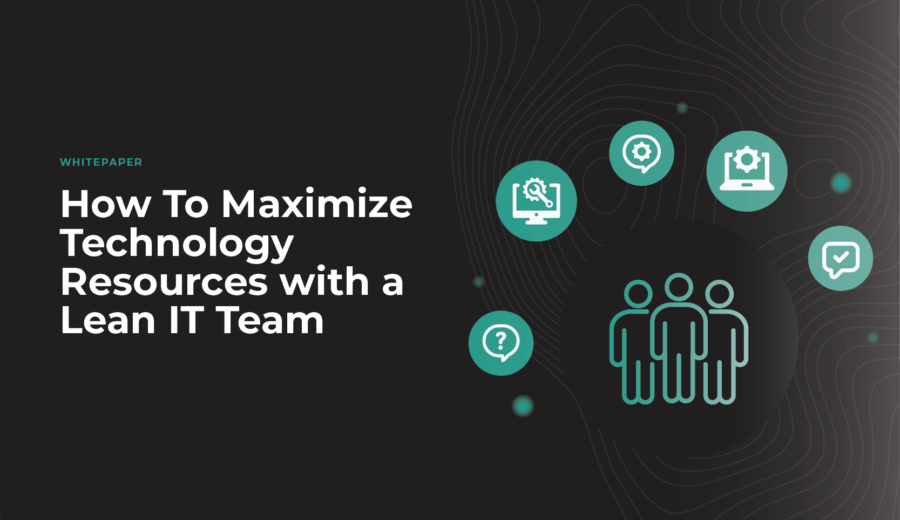With only one quarter left in the year, it’s the ideal time to check technology spending and make a new budget to set your company up for success in 2022. With the rise of hybrid work and growing dependency on technology, it’s become more important than ever to invest in Technology Expense Management (TEM) to help cut costs, track services and equipment, and negotiate better contracts.
The guide below will walk you through some of the top considerations to help prepare a budget for the upcoming year.
Get Insight into Your Current Technology Spending
When preparing a budget, a great place to start is with your company’s current technology spending. Don’t forget to factor in areas such as shifts in organizational spending, changes in work patterns, adoptions in WAN, and big moves in mobile.
While it’s sometimes challenging for companies to gain visibility on technology spend, it’s crucial to understand spending patterns to build baselines to meet core business objectives. You’ll want to consider these factors in your budget as well:
- Keep track of inventory. Do you have inventory not being used that can be sold?
- Assess hidden costs, such as fees and billing errors that often get overlooked.
- Consider remote work and how many employees are in your headcount, which will affect the type of licensing you need.
Factor in Hard and Soft Savings
Using TEM can help measure the spend and success of your business initiatives. This is also a major selling point when you’re building a business case internally and trying to get buy-in.
When building your budget, it’s useful to look at both hard and soft costs.
Some examples of hard savings include:
- Securing better deals with carriers and getting cash back to your business. This is especially important in a volatile climate like technology, where vendors constantly change price plans.
- Many companies can see a savings of up to 20 percent in the first year, which leads to an immediate ROI. The biggest savings will be gained in the first year, when inefficiencies are being eliminated and better deals are secured with vendors.
- In subsequent years, those savings are maintained by keeping spending under control.
You can think of purchasing software like the difference between a crash diet and a year-long gym membership. You will see more long-term gains with a slow, steady plan.
On the other hand, there are also soft savings to factor in:
- Automation in billing and tracking can save a company a significant amount of money over time.
- With better automation, organizations can have their staff focus on core business objectives, instead of internally managing technology spend. In-house expense management uses up far more resources than having an outside service manage it.
- For global companies managing teams in multiple countries, with a lot of head count, this can result in significant savings.
Build a Business Case for Buy-In
How much money are you really wasting on technology services and equipment? Trying to track and manage all of this information internally can use up valuable time and resources.
Freeing up time for your talent, performing better audits, and eliminating redundancies in billing are all great items to include when building a business case for TEM.
It’s crucial to move your TEM initiative high up the priority ladder internally by making it compelling and showing how TEM gets a fast ROI and drives growth across the board. Part of building a case for TEM is presenting it as a change agent that helps your company make positive, global changes and implement new ways of working.
Benefits of Using Technology Expense Management (TEM)
Overall, an organization can use TEM as a measure for making transformations—from improving remote work and tracking BYOD expenditures to streamlining the way services like Zoom and Microsoft Teams are used.
Many companies who choose to outsource TEM use it to measure the effectiveness of any business transformation they make. That way, they’re able to measure progress in real-time and create a lasting impact across the organization.



